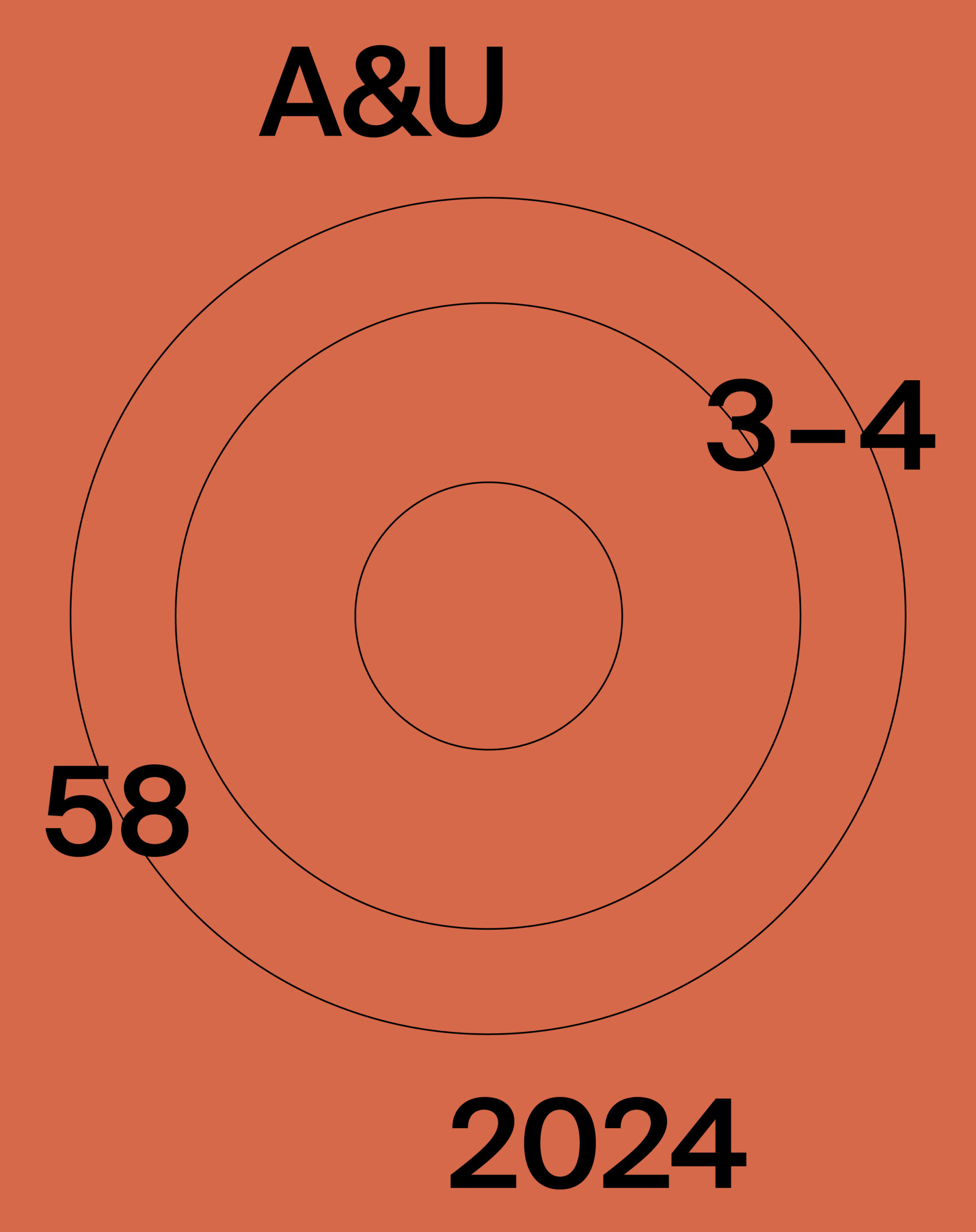The synagogue in Trenčín is one of the most important examples of synagogue or sacral architecture of the early 20th century in Slovakia, but also of the architecture of this period in the wider Central European region. As a result, it is mentioned in many texts, though its published information differs in many ways. In turn, there are also still many questions posed by the building itself. In the context of its ongoing comprehensive renovation and restoration, what suddenly emerges is a changed image of an architecture hitherto generally perceived in terms of a purist-modernist white austerity. The discovery of ornamental coloured layers covering highly innovative steel-concrete load-bearing elements reveals that these structural aspects are suddenly just the carrier of another layer of meaning – a veneer of decoration referring to sources of oriental traditions in the modernist version. The aim of the present study is to develop a more complexly nuanced interpretation of the work through archival research methods, analysis of its art-historical context, as well as research into the specific historical circumstances and motivations leading to its creation. Major gaps and contradictions are no less present in our knowledge of the life stories and work of its creators (even to the extent that individual surnames or first names are known only as initials); therefore, the study also includes brief biographical profiles of these persons.
DOI: https://doi.org/10.31577/archandurb.2024.58.1-2.5

This work is licensed under a Creative Commons Attribution 4.0 International License




